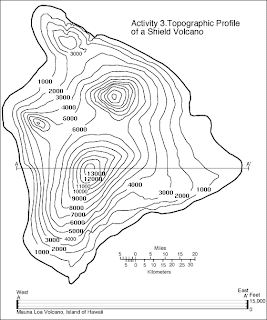
Stem and Leaf Plots are easy ways to display data by splitting each observation into two parts; the stem and the leaf. The stems are the digits on the left side and the leafs are the digits on the right side. Stem and leaf plots are useful when finding the mean or organizing the data in order of place value. The plot above shows students scores on a science test along the grading scale. The lowest score was 56 and the highest score was 97.






















